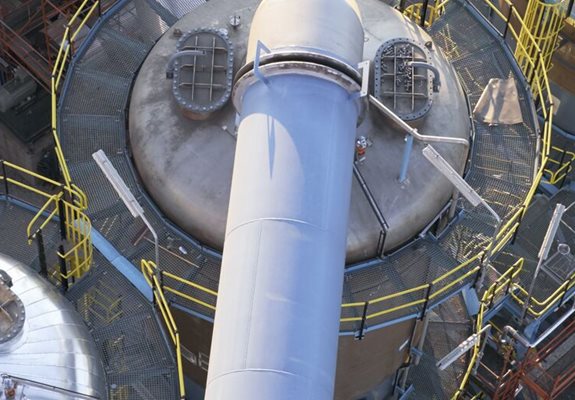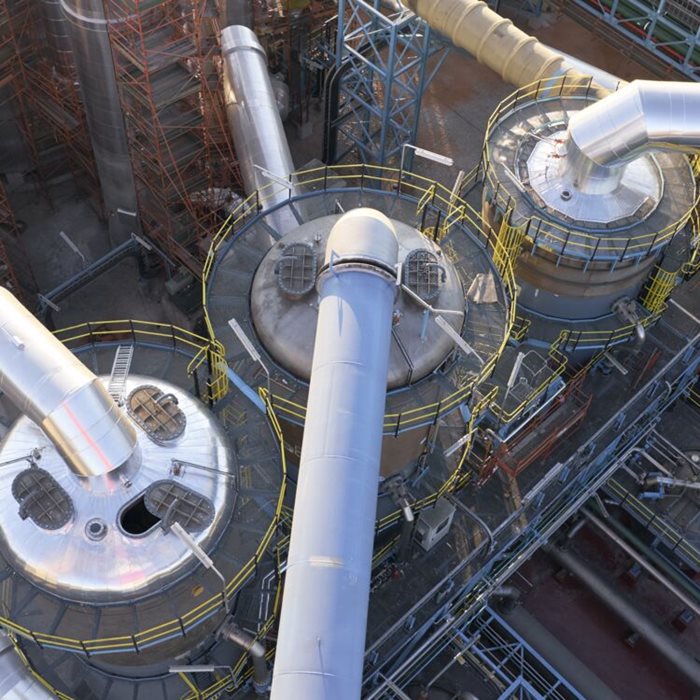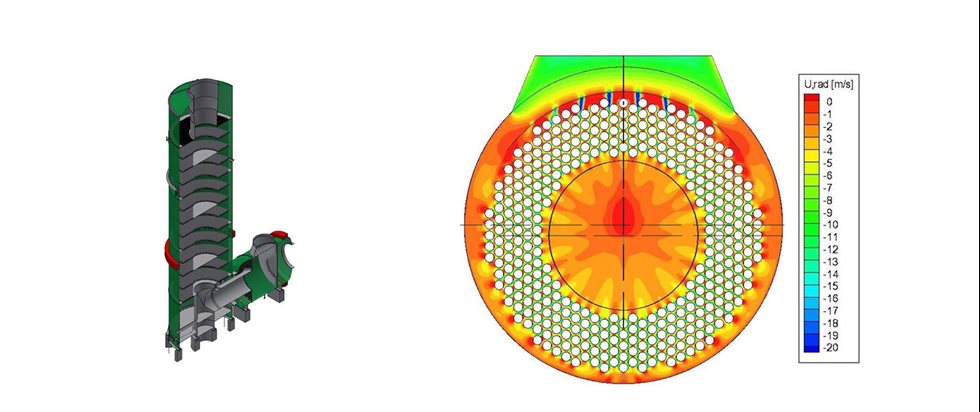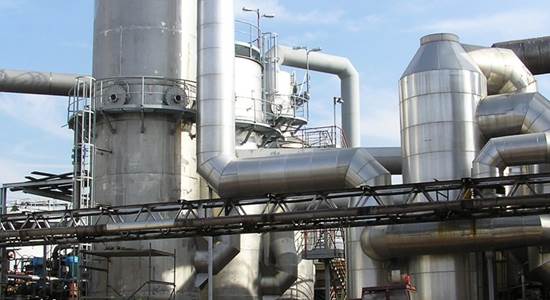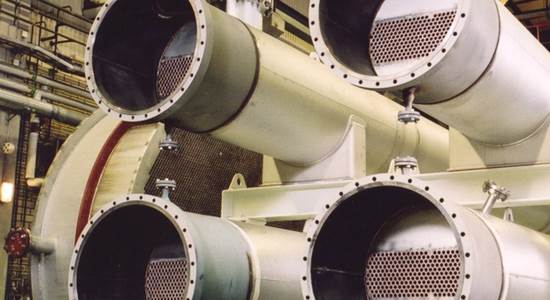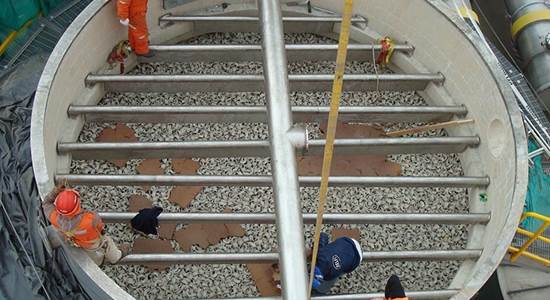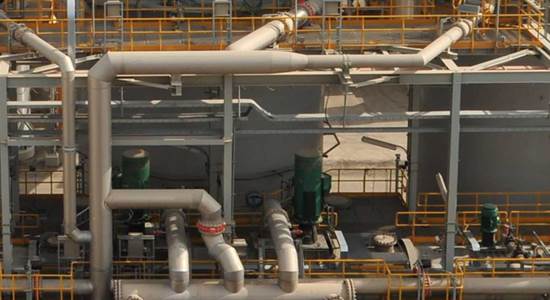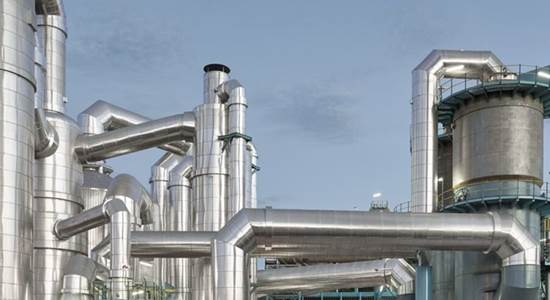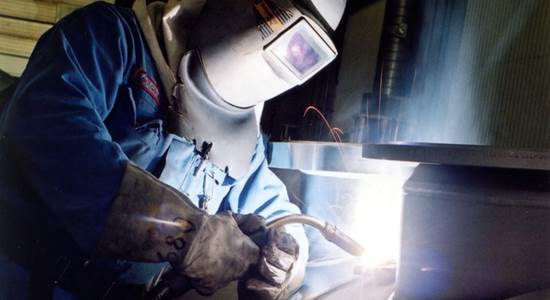The foremost focus for improving our patented CORD heat exchanger was the reduction of life-cycle costs. We managed to achieve this by reducing the investment costs for the CORD by replacing the material used on the vertical section with inexpensive mild steel, using a smaller quantity of stainless steel for the horizontal section. This modification optimized the heat exchange split between the horizontal and the vertical section, and additionally extended the lifetime and service intervals reducing maintenance and operation costs.
Mastering the challenge with CORD
The enhanced CORD heat exchanger design has been optimized for the most challenging sulfuric acid plant conditions for the cold- and cold reheat heat exchanger. Leaving the drying or absorption tower, the SO2 laden gas is saturated with sulfuric acid. On its way to the gas-gas heat exchanger, acid condensation cannot be completely prevented due to heat losses. Therefore, the CORD heat exchanger design minimizes acid condensation on one hand but also manages the inevitable small amounts of acid condensate through its horizontal cold end design.
The solution is realized by limiting the heat exchanger surface at the horizontal end to approximately 20% while keeping the temperature increase lower than 20°C. This results in operating the vertical section permanently above the sulfuric acid dew point. Therefore, the vertical main heat exchanger section can be kept completely under non-corrosive conditions while applying only mild steel for securing the longest operation times and minimal life-cycle costs.
Due to low-temperature level on the small horizontal section of the heat exchanger, the use of standard acid-resistant stainless steel serves as an economical solution to cope with the corrosion protection requirements. Therefore, the horizontal part of the heat exchanger is no longer regarded as a sacrificial section.
